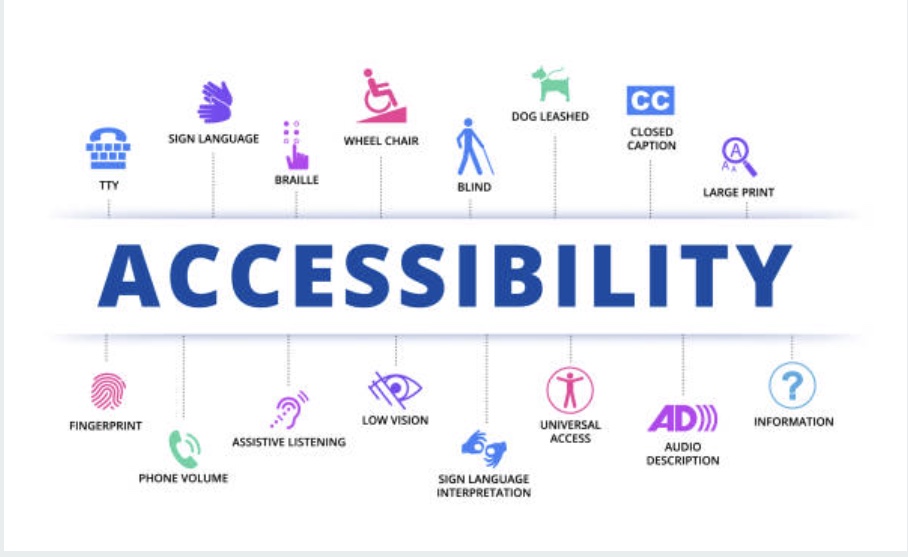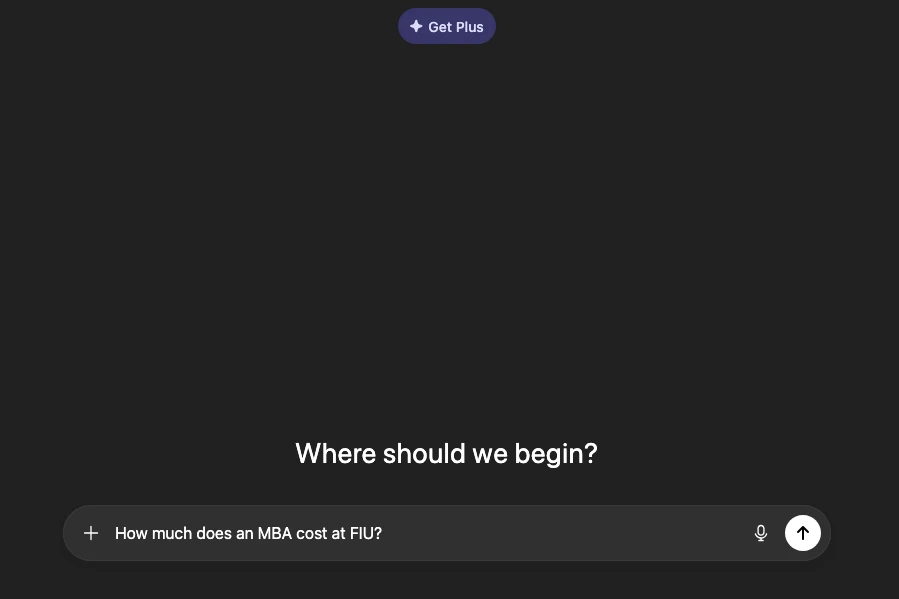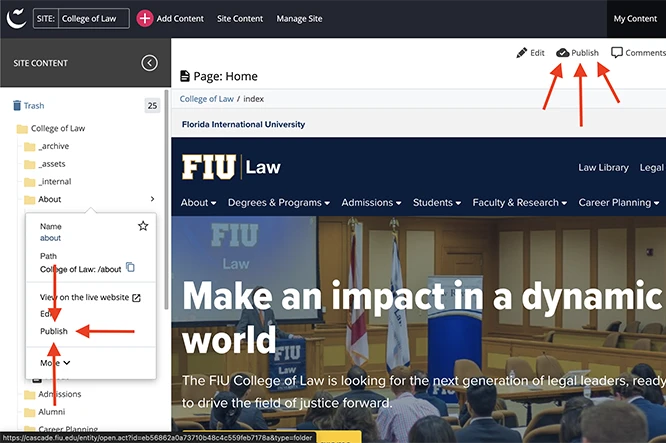Start a Plan
Use this opportunity to do more than just redesign your website. Identify problems and pain points within the unit and explore ways the website can help solve those problems. Get feedback from your entire unit. Once you’ve identified those problems, set goals on how to solve them with the website.
Further reading: Develop a project plan
Explore your Audience
You should know who your audience is before starting your website and be able to back up your assumptions with data. Use this data to find out your audience's wants and needs and align it with your website goals. Make sure to be specific about who your audience is. You probably have multiple audiences, but you need to balance the needs of all your audiences while prioritizing the needs of your primary audience.
Further reading: How To Do Audience Research That Helps Focus Your Content Marketing
Brand Identity and Standards
Get to know the ideas behind our brand and learn how to use our brand to communicate our university’s identity.
User Testing
User testing allows you to validate your decisions and assumptions. While it’s used most often when you’re taking a new approach with a website every site should be tested to see what works and what could be done better. If you want to conduct a user test and need help forming a plan, contact Digital Communications and we can help you.
Further reading:
Why is it important to do usability testing
NNG - User testing
Content
Before you think of the design, remember people visit your website for information. You should focus on creating content first and if possible, create it in-house. Content should always be clear and readable to a larger audience and provide a clear path to action.
Further reading:
Writing for the web
NNG - Web writing tips
Responsive Design
Your website can be viewed on more than just a desktop, make sure it can adapt to all screen sizes. Websites should be optimized to be viewed at any time in any place by anyone.
Further reading: Responsive Web Design (RWD) and User Experience
SEO and Share-Ability
Most people are finding your website through a search engine. The words used in their search query will be matched to keywords on your website. You want to make sure they end up on the right page by using the right keywords. Also, keep in mind that metadata plays a big part when your website is shared on social media and other channels.
Further reading:
Beginners Guide to SEO
Google's SEO Starter Guide
Accessibility WCAG 2.x
About one-fifth of the population has some type of disability which includes visual, hearing, motor or cognitive. Because of this, you should always make sure users can access and interact with your website with the use of assistive devices and technologies. Making your website accessible doesn’t only help these users, it benefits everyone else as well.
Further reading:
Accessibility
Introduction to Web Accessibility
Monitor your Website
Monitoring your website is beneficial to you and your users. Creating a plan to maintain it will ensure your website stays up to date. There are a variety of tools that can help you maintain different aspects of your website, and chief among them is Siteimprove.
All websites are assessed by Siteimprove to assure they meet the minimum requirements for accessibility. This is one of the final steps before launching a website. Siteimprove assigns a score for quality assurance (based on misspellings, broken links) and accessibility (image alt text, headings, accessible links). A passing score is required to launch your website.
Take an Accessibility Training CourseGet Access to Siteimprove


